Paul Dupuis had an elevated security clearance when he served in the U.S. Navy and Marines and more recently passed a rigorous background check to volunteer with an area hospice center, but neither process prepared Dupuis for what awaited him when he tried to sign up to be a volunteer driver for Disabled American Veterans. Dupuis admits he thought about giving up as the process dragged on for 16 months.
“I’m glad I stuck with it,” he said. “I meet some wonderful people. I have some crazy vets I love.”
The DAV each year covers hundreds of thousands of miles across the state to give military veterans a ride to Maine VA Medical Center for treatment and then back home again. The agency relies on volunteer drivers to log those miles, but finding qualified drivers has become as easy as finding a grain of salt in a sugar jar. Even those willing to volunteer are often turned away by standards, particularly physical standards, the VA requires of those to drive its vans.
“The problem we have is not so much a financial one as it is volunteer drivers,” said Gary Burns, a retired DAV national service officer who continues to volunteer with the agency. “The VA, understandably, has some tough guidelines for driving the vans and as a result the DAV crowd, also understandably, does not often meet the criteria. Money is not a big issue. That’s what’s ironic.”
The DAV’s primary service is helping veterans navigate health claims, said Ron Brodeur, treasurer for the DAV Department of Maine.
“The second most important thing, in my mind, is giving veterans rides to make hospital appointments,” he said.
The DAV began offering rides to veterans in 1987 after budget cuts eliminated a federal program that reimbursed veterans for travel. Through 2013 the DAV nationally had provided more than 14.8 million free rides. Volunteer drivers had donated 30.7 million hours of service to drive 551.7 million miles.
There are 15 vans that work in Maine’s transportation network, which carries passengers to locales as close as Augusta and as far away as Caribou. In 2014 drivers donated more than 11,600 hours to give rides to 5,400 veterans. Those rides covered nearly 215,000 miles, Brodeur said.
To cover the state the DAV currently has 15 vans at its disposal. The nonprofit purchases the vans and then donates them to the VA, which takes care of registration and insurance. The problem has been finding people qualified to drive them. In 2002 the Maine DAV had 65 drivers, many of them veterans of World War II. Many of those drivers were excluded when the VA introduced new physical regulations several years ago.
“When that happened, we lost about half of our volunteers,” Brodeur said. The DAV now has a stable of just 15 qualified drivers to handle routes across the state.
Brodeur said the physical standards were introduced after a DAV driver in the western part of the country suffered a heart attack and crashed, killing two veterans who were riding with him. The standards reflect those required by the Federal Motor-carrier Safety Act, which measures visual, auditory, neurological, cardiac, respiratory and metabolic conditions. Anyone who has had a heart attack, takes insulin for diabetes, has diminished function in any limb, or has one of any number of other maladies is prohibited from driving.
“It has been an issue keeping drivers on the road,” said Scott Ludwig Hudson, who has volunteered to drive every Tuesday and Thursday for the past eight years. “It’s harder to get medical clearance to drive a DAV van than it is a school bus.”
Lorna Hatch, chief of Voluntary Service for VA Maine Healthcare Systems, said the standards are controlled by the VA’s central office in Washington, D.C. She said there is a move afoot to evaluate the standards to determine if they might be loosened.
“It’s being evaluated,” she said.
Hatch said the background check that held up Dupuis’ service for more than a year is still stringent, but the process has been streamlined.
“It’s a little shorter now,” she said.
If there is disagreement about the process would-be volunteers must endure in order to get behind the wheel, there is seemingly universal accord on the vital role those volunteers fill once they get there.
“This is a big state,” Burns said. “This is a huge service.”
Dupuis believes the ability to get a ride to the medical center can mean the difference between life and death.
“I can think of two passengers right now that without this service they would die,” he said.
Wayne Belanger, of Augusta, has depended on the service for the past three years. A disabled Army veteran, Belanger said he has to visit the hospital several times a year. He and his partner have only one car that she has to drive to work. Belanger, when asked what he would do without the free ride, can’t even offer a guess.
“I wouldn’t have a clue really,” he said. “We’re kind of strapped for cash. I wouldn’t be able to afford a taxi.”
Richard Fournier, a DAV administrator who served as a volunteer driver for 18 months, recalled a veteran who expressed his gratitude for the service because it meant his brother would no longer have to miss work to take the veteran to his doctor appointments.
“He said, ‘The DAV van is a lifesaver for me because the doctor took my license from me,” Fournier recalled.
A chance to help veterans, most of whom are prohibited from driving or are unable to afford a car, in some respects makes the service as important to the drivers as it is to the passengers.
“Just being able to give back,” Ludwig said. “I definitely have a lot to be thankful for. Being able to contribute and give back is definitely an important aspect for me.”
Ludwig, at 51, is one of the younger volunteer drivers. He, like all the other volunteers, is a veteran of one of the armed forces, but the opportunity to volunteer is open to anyone regardless of their age or whether or not they have military experience. Volunteers may donate any amount of time, from a couple of days a week to once a month, or may be included on an on-call roster.
“When they get done with a day’s work they feel good,” Brodeur said. “I think that’s a lot of what people are looking for right now, finding a way to contribute to the war effort. There’s a lot of people who would like to do something besides say, ‘Thank you for your service.’ This is another way to do that.”
Dupuis said he encourages people to volunteer whenever given the opportunity to speak at a public forum, like the VFW and American Legion.
“I didn’t speak,” Dupuis said. “I begged.”
Dupuis, 71, volunteers with a number of agencies and helps take care of his 16-month-old granddaughter every day, but he can’t envision a life without driving veterans.
“It’s a wonderful opportunity, and you meet some really nice people,” he said. “I just hope my health holds out so I can do this another 10 or 12 years.”
To inquire about becoming a volunteer driver, or if you are a veteran looking for transportation, call 623-5790 or toll free at 877-421-8623, ext. 5790.
Craig Crosby — 621-5642
Twitter: @CraigCrosby4
Send questions/comments to the editors.

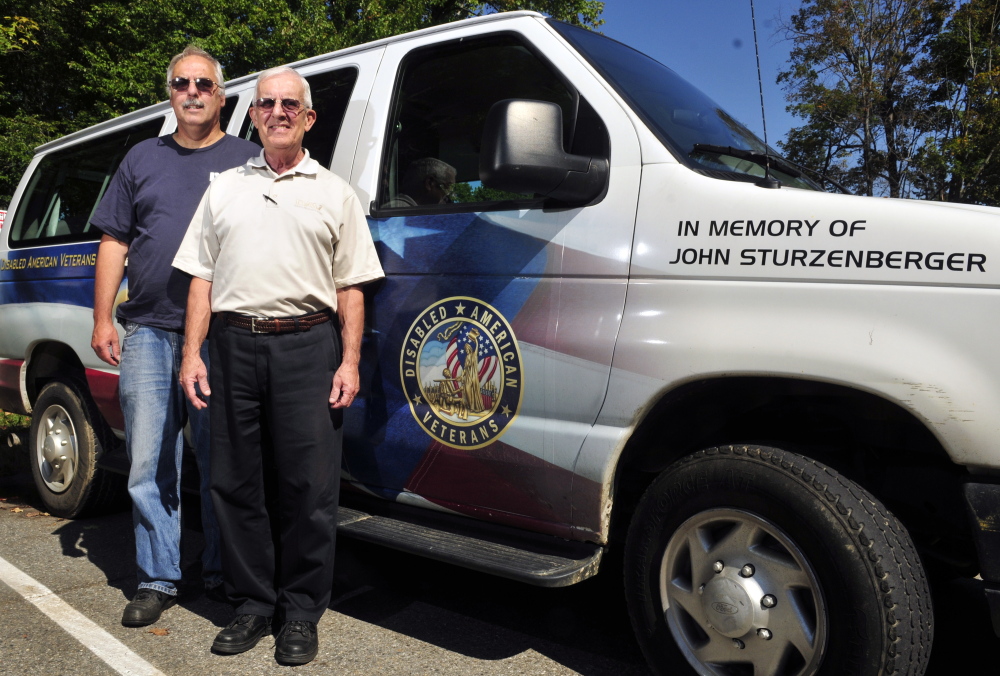
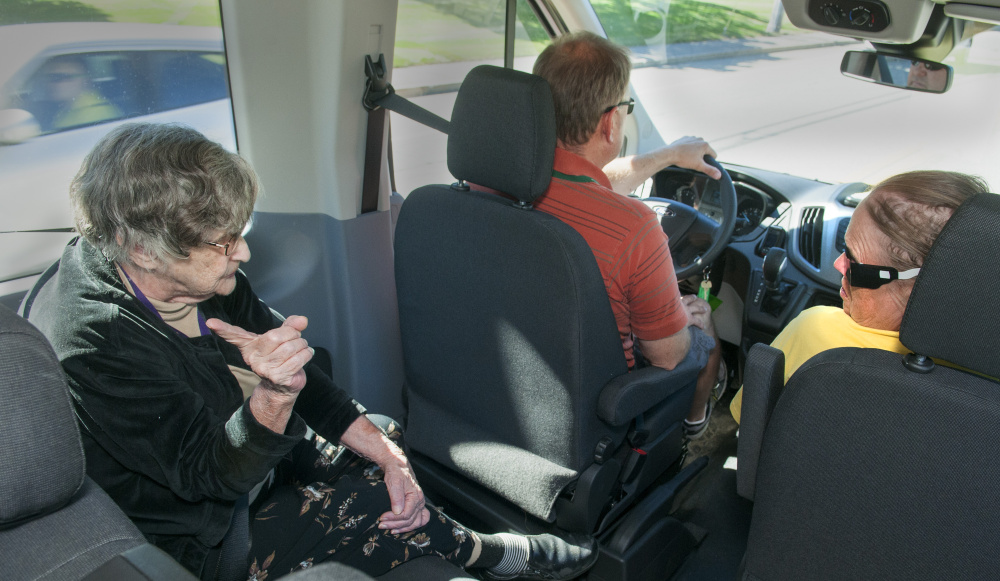
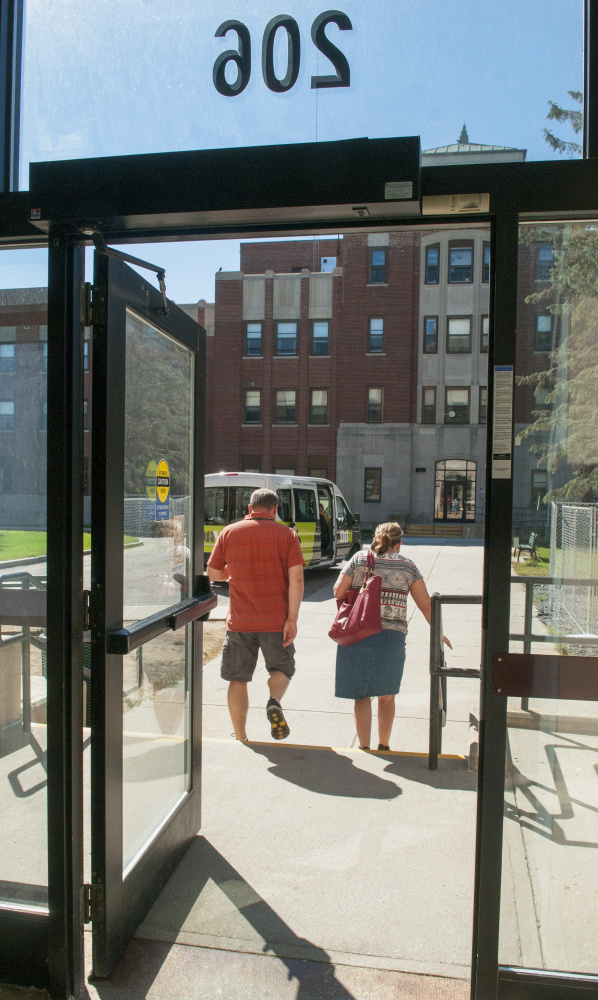
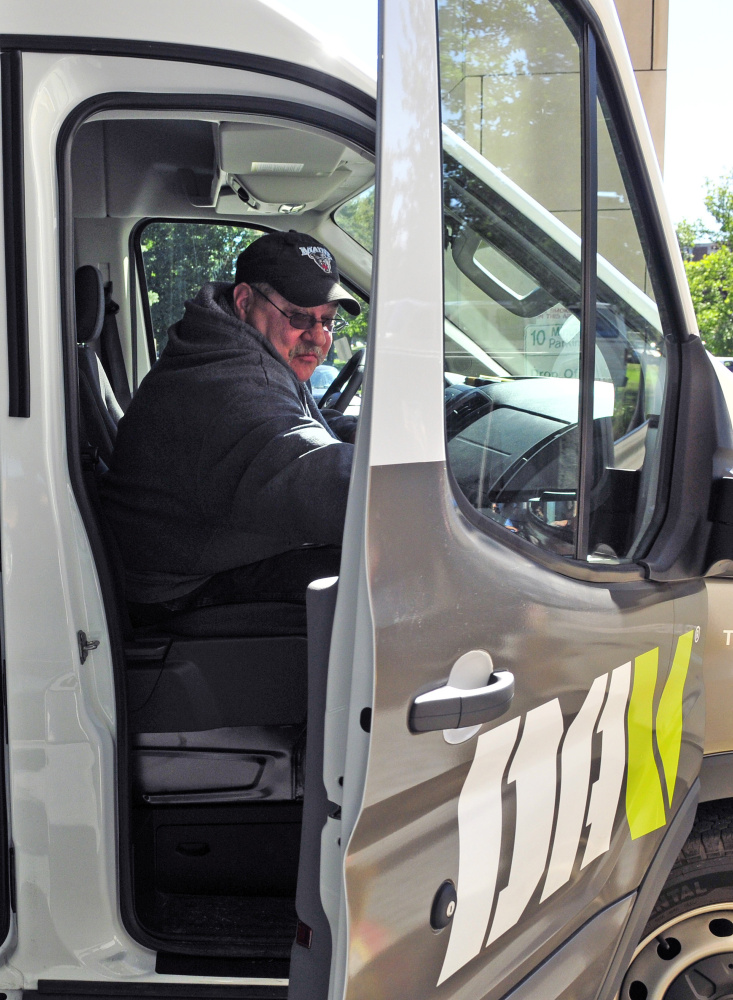
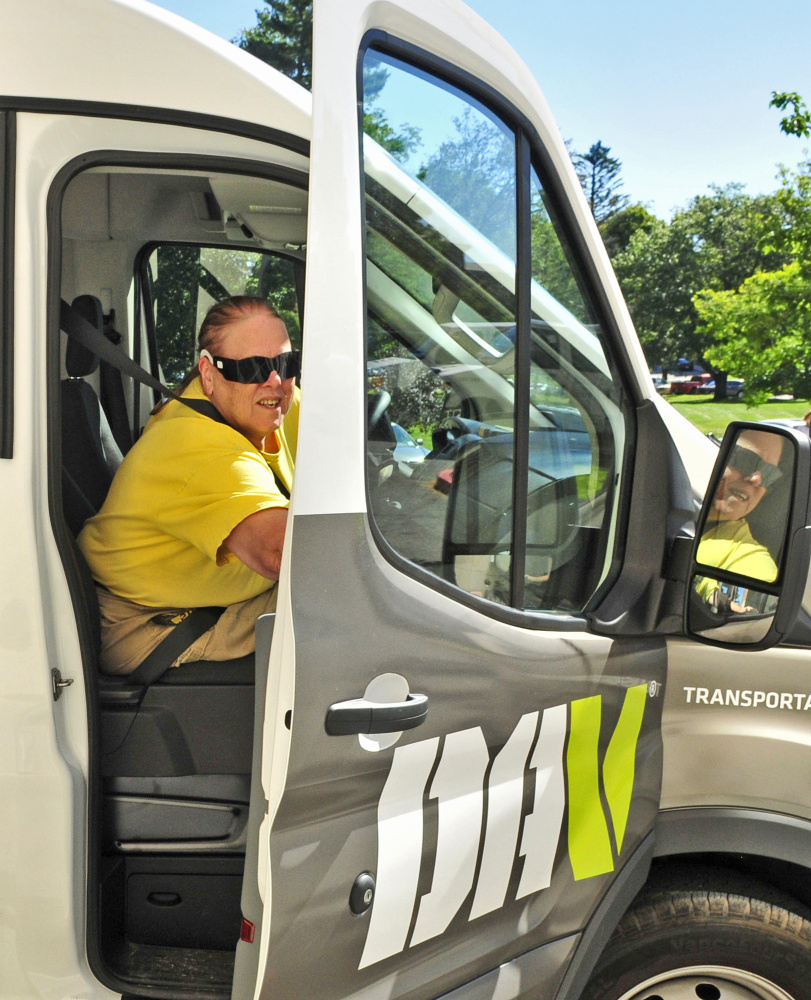
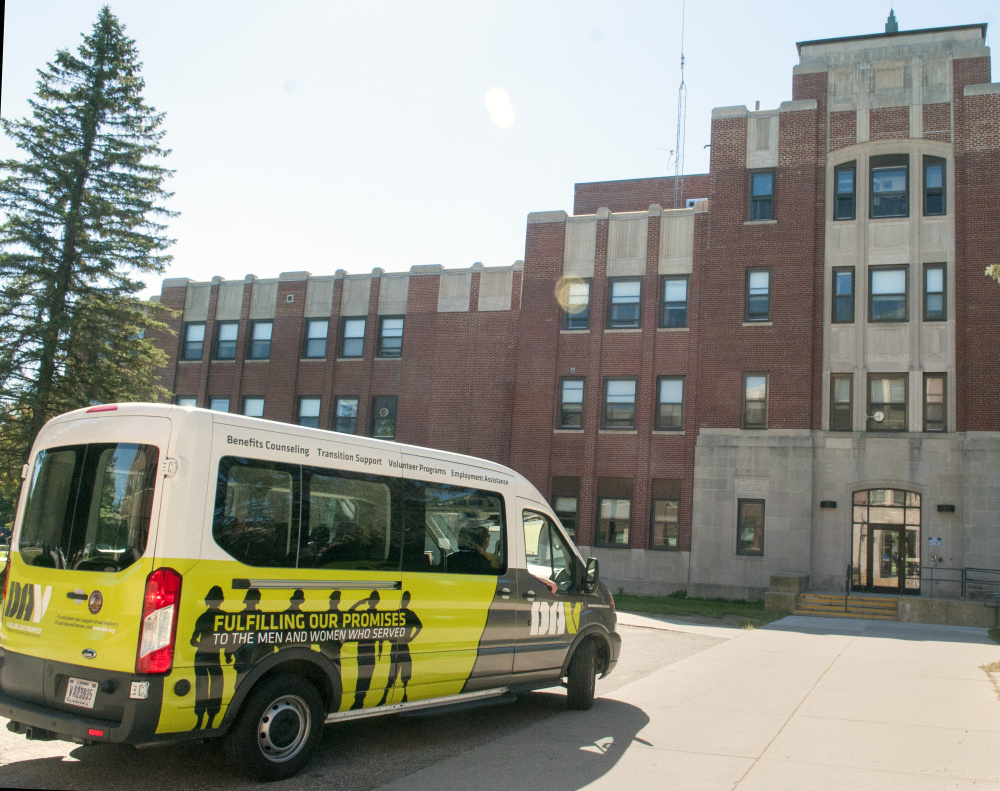
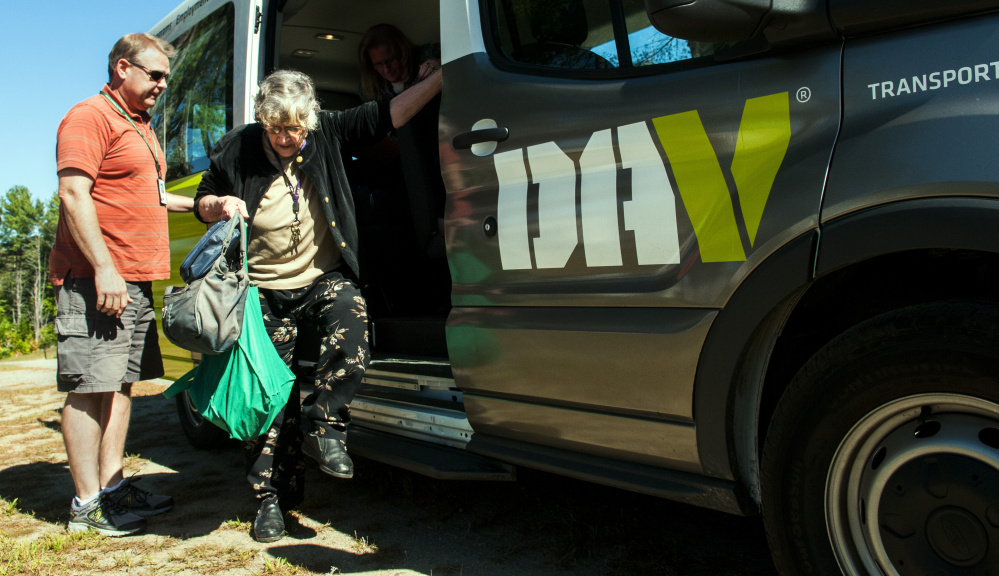
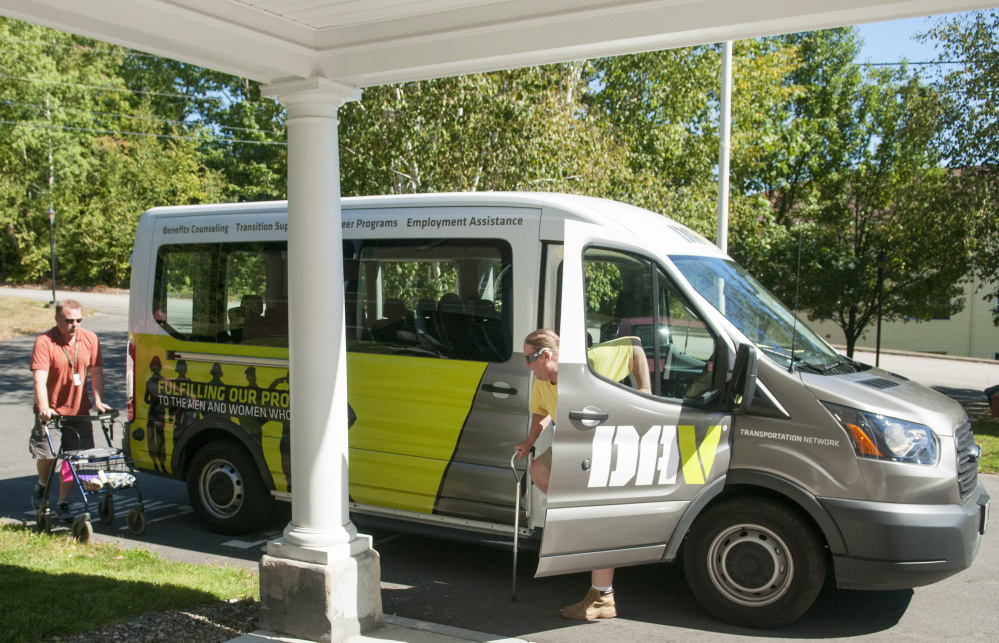
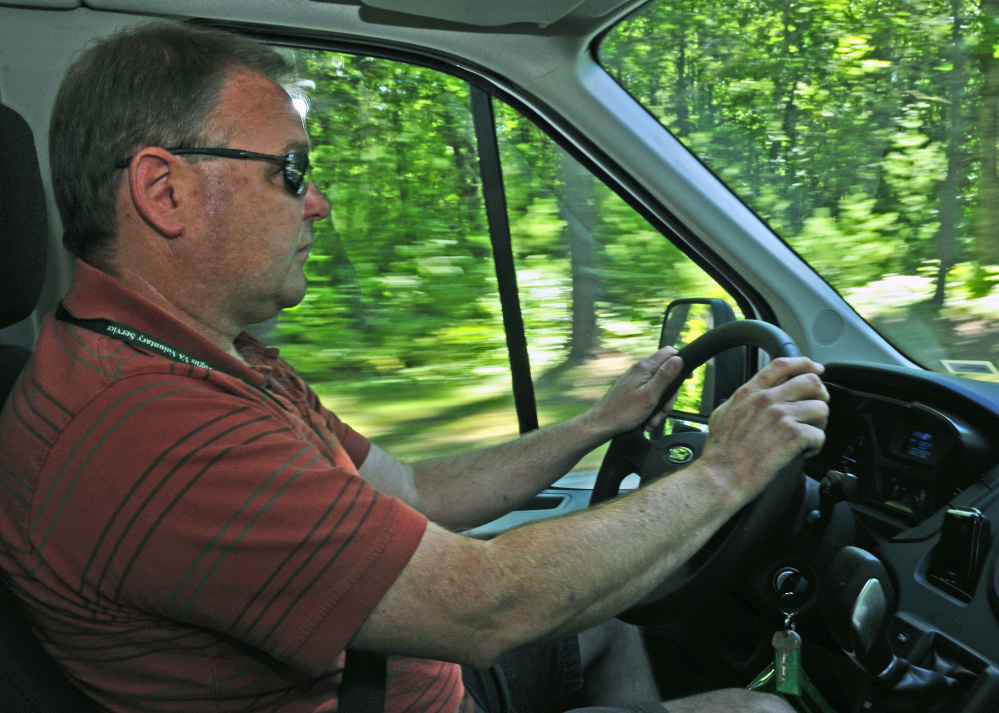

Success. Please wait for the page to reload. If the page does not reload within 5 seconds, please refresh the page.
Enter your email and password to access comments.
Hi, to comment on stories you must . This profile is in addition to your subscription and website login.
Already have a commenting profile? .
Invalid username/password.
Please check your email to confirm and complete your registration.
Only subscribers are eligible to post comments. Please subscribe or login first for digital access. Here’s why.
Use the form below to reset your password. When you've submitted your account email, we will send an email with a reset code.